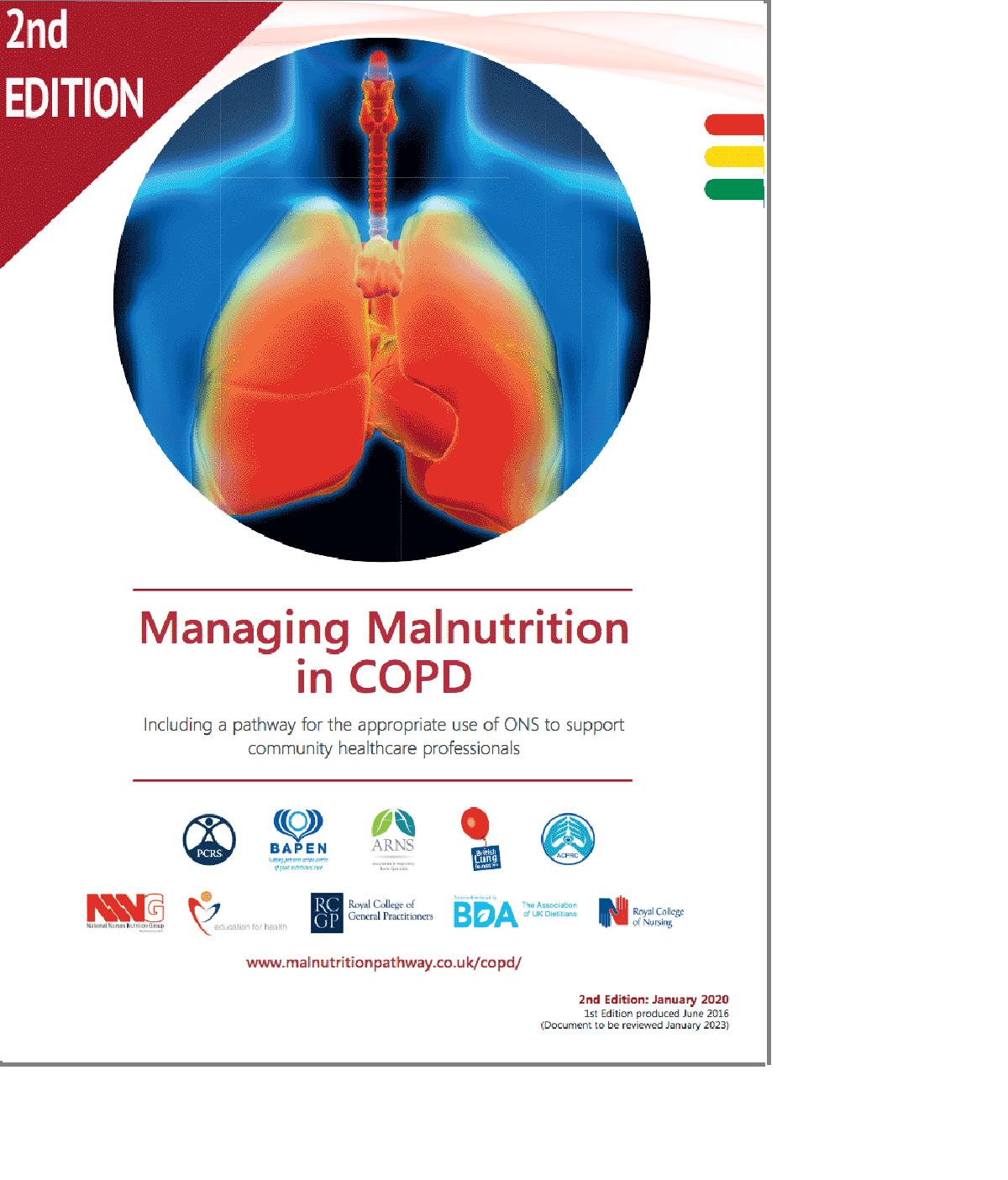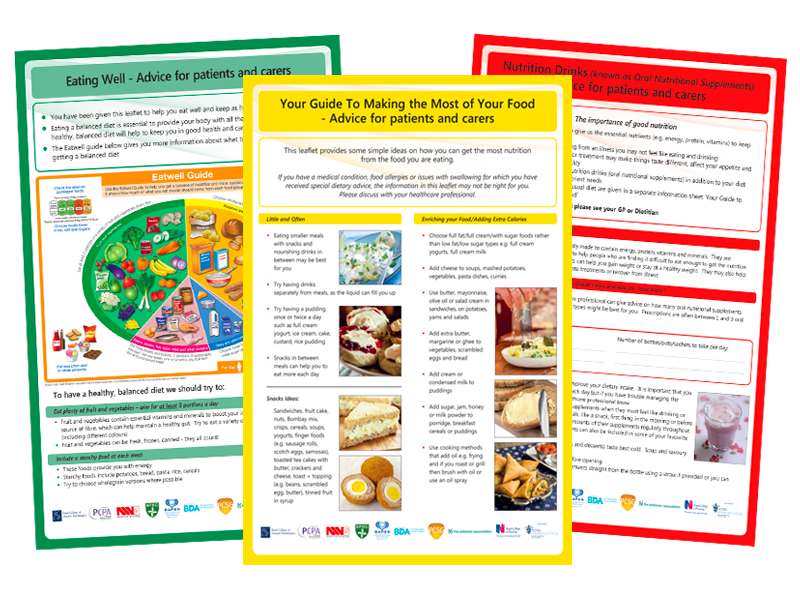Resources for Nurse &
Trainee Nurse Associates
Malnutrition Pathway Primary Care Network Portal
PCN RESOURCES HOME PAGE RESOURCES A-Z RETURN TO MAIN SITENurse Associates support registered Nurses to enable them to be able to focus on the more complex clinical care, record clinical observations, promote health and well-being to all patients and advise patients on general healthcare and promote self-management where appropriate. They are ideally placed to carry out screening for risk of malnutrition, to signpost to resources to support nutritional intake and to refer to other healthcare professionals and local community and voluntary sector services.
Remain alert to subjective indicators of malnutrition
Such as unexplained weight loss, dysphagia, fatigue. Further information can be found HERE
Determining malnutrition risk & giving dietary advice
Knowing a patient’s weight, weight history and height can be helpful in using a validated tool to screen for malnutrition. Current weight and height will allow Body Mass Index (BMI) to be calculated and documented. Comparison of current weight with weight 3 months/6 months ago will identify weight loss. The BAPEN ‘MUST’ self-screening tool is an easy access tool to determine malnutrition risk which can be used by professionals, patients and carers: BAPEN 'MUST' SCREENING TOOL
Patients at risk of malnutrition should be given advice on optimising food intake, encouraged to increase the frequency of eating and taking nourishing drinks and advised on food fortification if feasible and practical for them. The Malnutrition Pathway has produced a useful list of questions and resources to help obtain information to assist in selecting the most appropriate course of action and dietary advice resources for the patient: ‘Initiating conversations about unintentional (unplanned) weight loss and diet’ GO TO RESOURCE SHEET


